The Seven Deadly Sins anime is infamous for many reasons, one being its low-quality animation, which spawned countless memes. It earned a reputation as one of those anime that betrayed its fans with false hype. So, it was surprising when its sequel, Four Knights of the Apocalypse, was released in Spring 2023. With 24 episodes and a second season currently airing, it’s time to ask: how does it hold up? Let’s dive in.
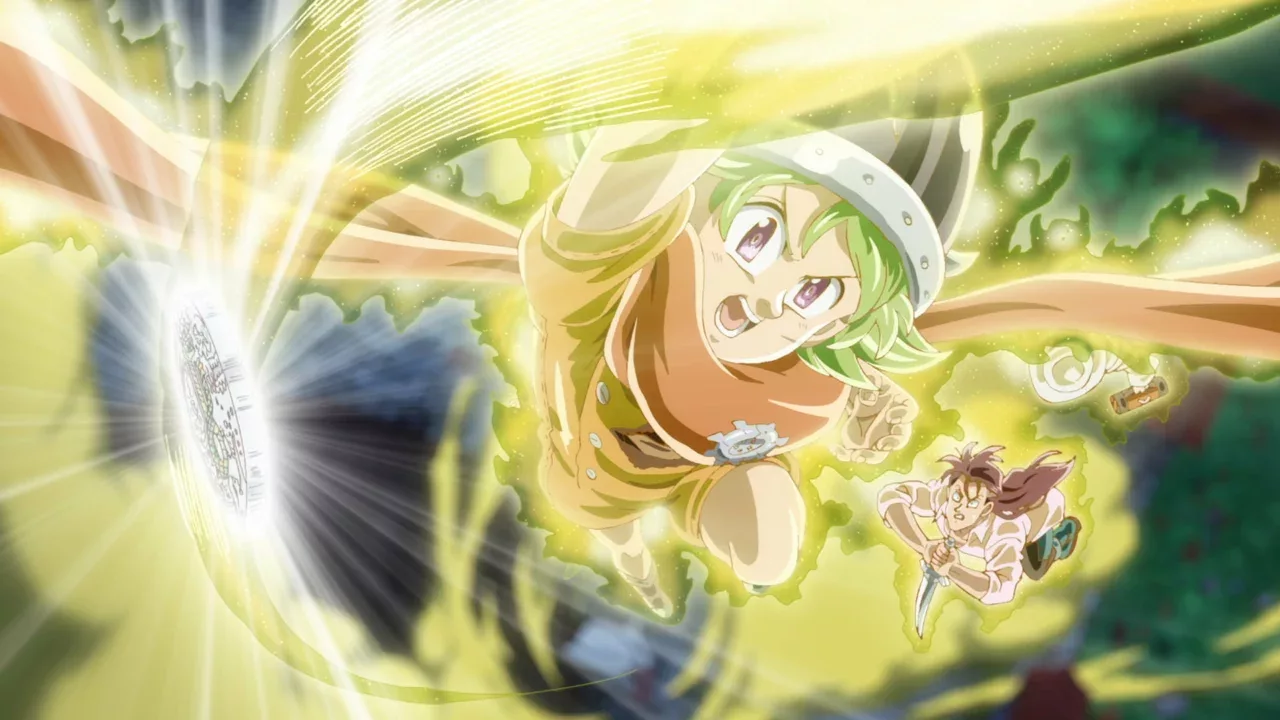
Table of Contents
History of The Seven Deadly Sins
The Seven Deadly Sins is a manga by Nakaba Suzuki, serialized from October 2012 to March 2020 in Kodansha‘s Weekly Shōnen Magazine. The story follows a ragtag group of misfits called The Seven Deadly Sins; hence the title. They’re labeled “Sins” because of their past actions, which hurt their loved ones and left them grappling with guilt and self-loathing. Each member has a unique backstory leading to their union as they serve their kingdom in an attempt to redeem themselves. However, due to a misunderstanding, they’re hunted by the kingdom’s Holy Knights. The story later spirals into a larger conflict involving the demon and goddess races.
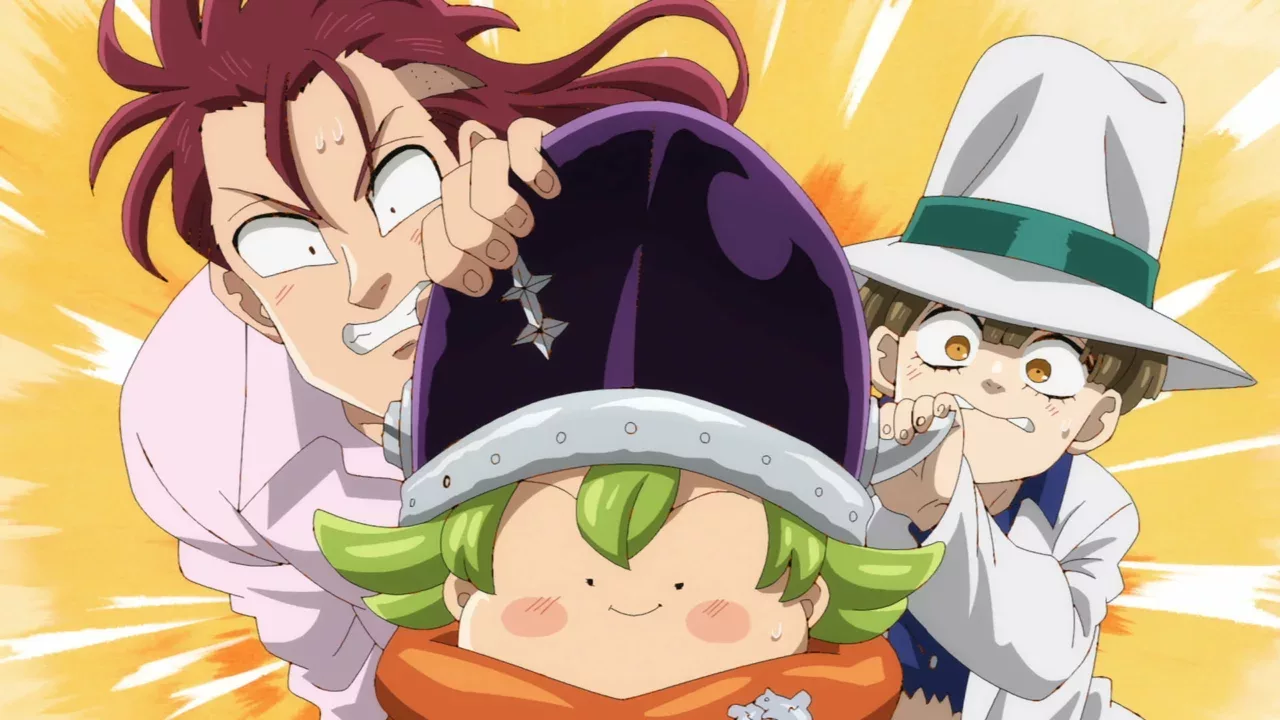
The anime adaptation debuted in Fall 2014 and quickly became popular. A-1 Pictures delivered two seasons and a movie before handing to Studio Deen. Unfortunately, the quality nosedived when Deen took over. But cracks in the production were already showing in the latter half of Season 2 under A-1 Pictures, with rushed pacing, confusing plotlines, poor art, and other common anime BS.
Even beyond the anime’s faults, the manga itself has its issues. It flips a biblical concept on its head: The Seven Deadly Sins are the heroes, while The Ten Commandments are villains, and the goddess race is portrayed as corrupt and xenophobic. This fresh take highlights the idea that heroes and villains are often defined by perspective, and authority figures can commit atrocities in the name of “justice.”
However, the story falters when introducing new elements like characters, backstories, power systems, and plot devices. These are handled poorly, feeling abrupt and disjointed. Solutions to conflicts often seem contrived, lacking proper buildup and integration into the narrative. This leads to heavy exposition to explain things no one really cares about. While the story ties itself together in the end, it’s not particularly satisfying.
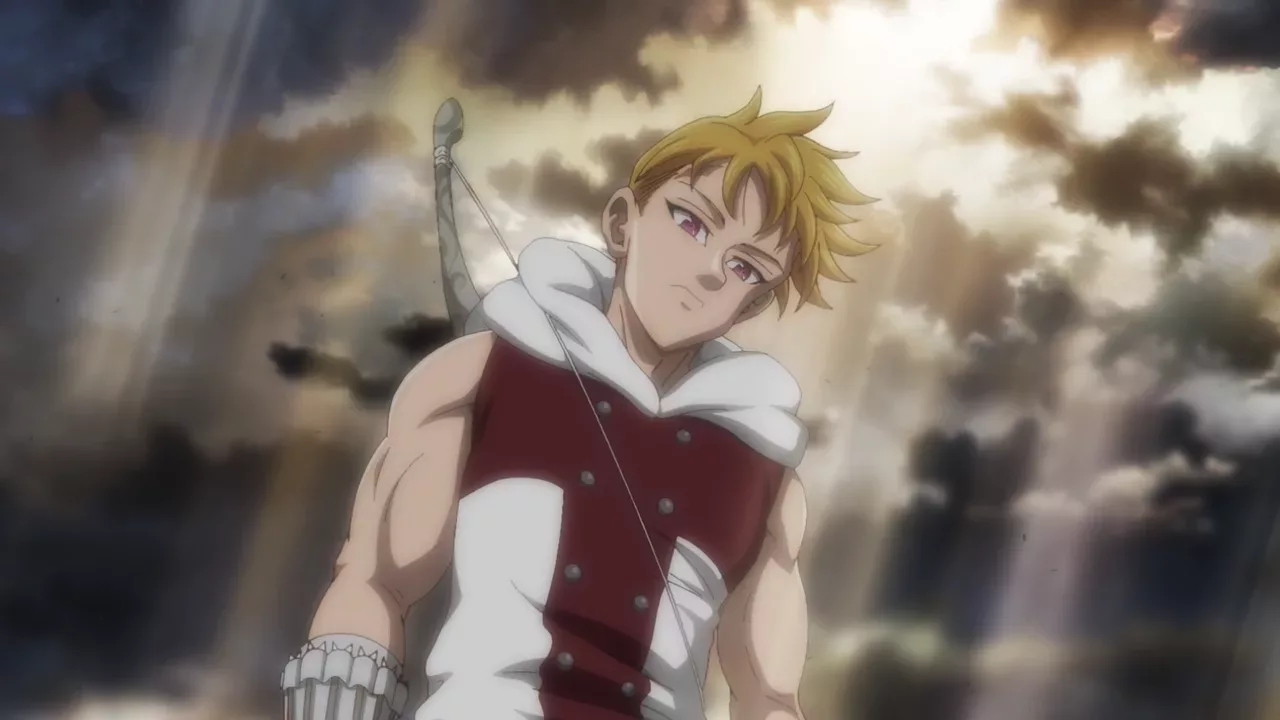
The Rise of Four Knights of the Apocalypse
Nine months after the manga ended, its sequel began serialization in January 2021. Four Knights of the Apocalypse introduces a new generation of characters and a fresh story. Unlike its predecessor, it doesn’t beat around the bushes and delivers a compelling narrative. As the title suggests, it revolves around the Four Knights of the Apocalypse—Percival, Lancelot, Tristan, and Gawain—each with unique stories and struggles. This isn’t a lighthearted adventure; it’s a tale steeped in loss and resilience.
The story kicks off tragically, with Percival losing his only family and being hunted by the Chaos Knights. Despite this, he finds the courage to move forward, making new friends which inspired his ability: Hope. His desire to protect his friends and avoid further loss fuels his journey. Each of his friends faces personal hardships, adding emotional depth as they grow and support Percival.
Lancelot grapples with his relationship with his teacher and the challenges of protecting his destined lover. Tristan, the son of Meliodas, struggles with issues involving his father, understanding his friends, and controlling his powers. Gawain faces an inferiority complex, a complicated family relationship, and the limitations of her own abilities.
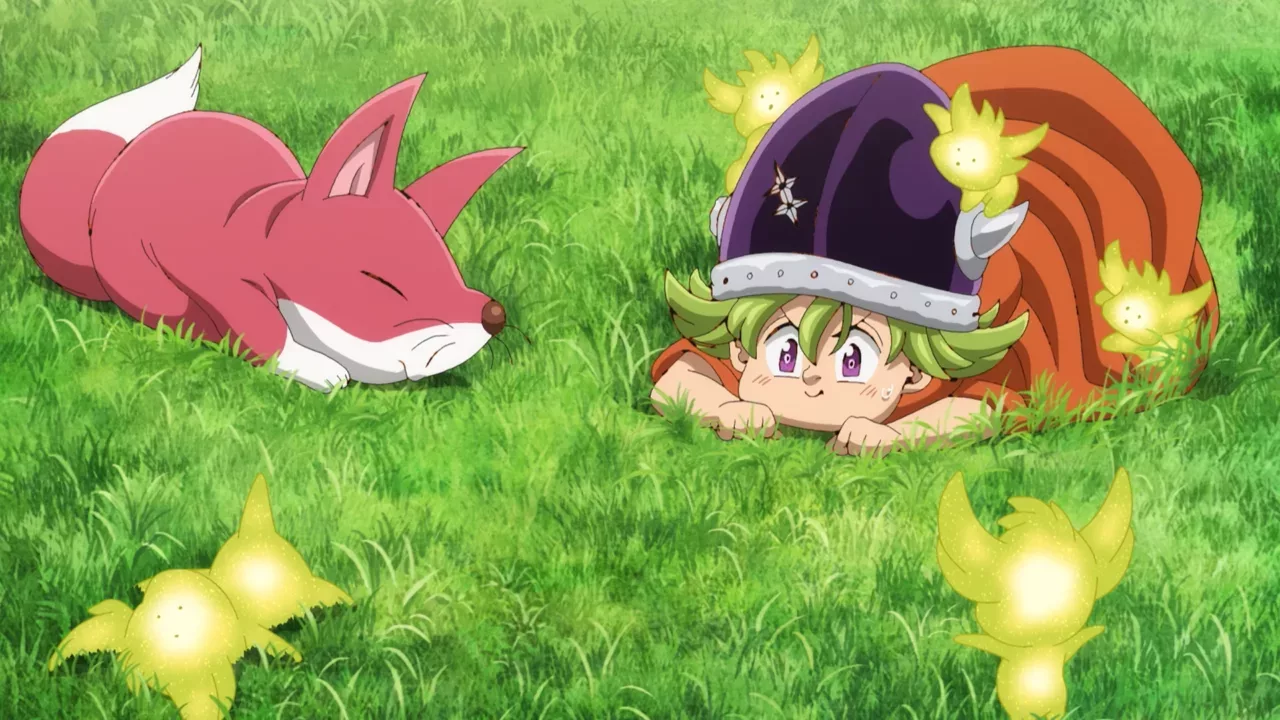
The characters are well-developed, each given enough care to make their journeys engaging. The series captures an adventurous vibe, with the group traveling to different places, overcoming obstacles, and experiencing meaningful growth. Every victory, loss, argument, and reconciliation feels impactful. Even the villains are fleshed out, with one in particular being surprisingly likable. A recent episode served as a reminder of the story’s tone and the ultimate destination—a constant struggle against loss.
Some Critical Points
Visually, the anime is a treat. The background art and character animation work in harmony, creating a stunning aesthetic. Fight scenes show off impressive choreography, making it hard to believe this is part of the same franchise that gave us Seven Deadly Sins. Telecom Animation Film has done a fantastic job.
That said, the art style may take some getting used to. Staying faithful to the manga, the designs have evolved since the prequel. Characters often appear to be squinting, but it’s not too bothersome as you get to like the story.
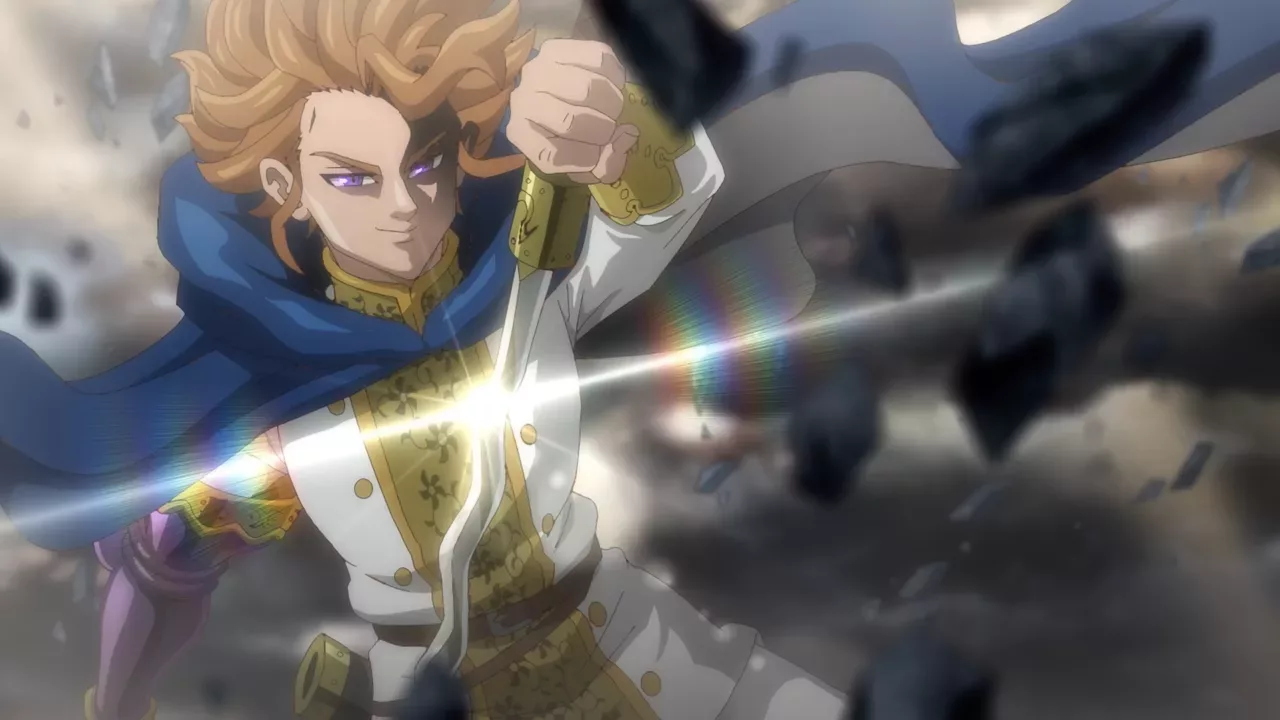
The main villain, however, is a bit of a letdown. He’s a character from the prequel who’s pretty much forgattable. His motivations—obsession with changing fate, denial of reality, and abandonment issues—feel clichéd and shallow. He’s almost evil for the sake of being evil without much complexity.
Another criticism is the lack of official English subtitles. While the show streams weekly on Netflix, there’s no word on when—or if—it will be translated for global audiences. It’s a shame, especially for such a good series.
After Thought
The Seven Deadly Sins: Four Knights of the Apocalypse is a pleasant surprise. Many had thought the series died off and forgot about it, but thankfully the production committee gave this sequel the care it deserved. It’s still underrated, but hopefully, more people will give it a chance.
Thank you for reading ♡. More Anime Reviews here if you are interested. Join with the community on our Discord server & Telegram chat. Check out our YouTube channel for extra content. Take care.
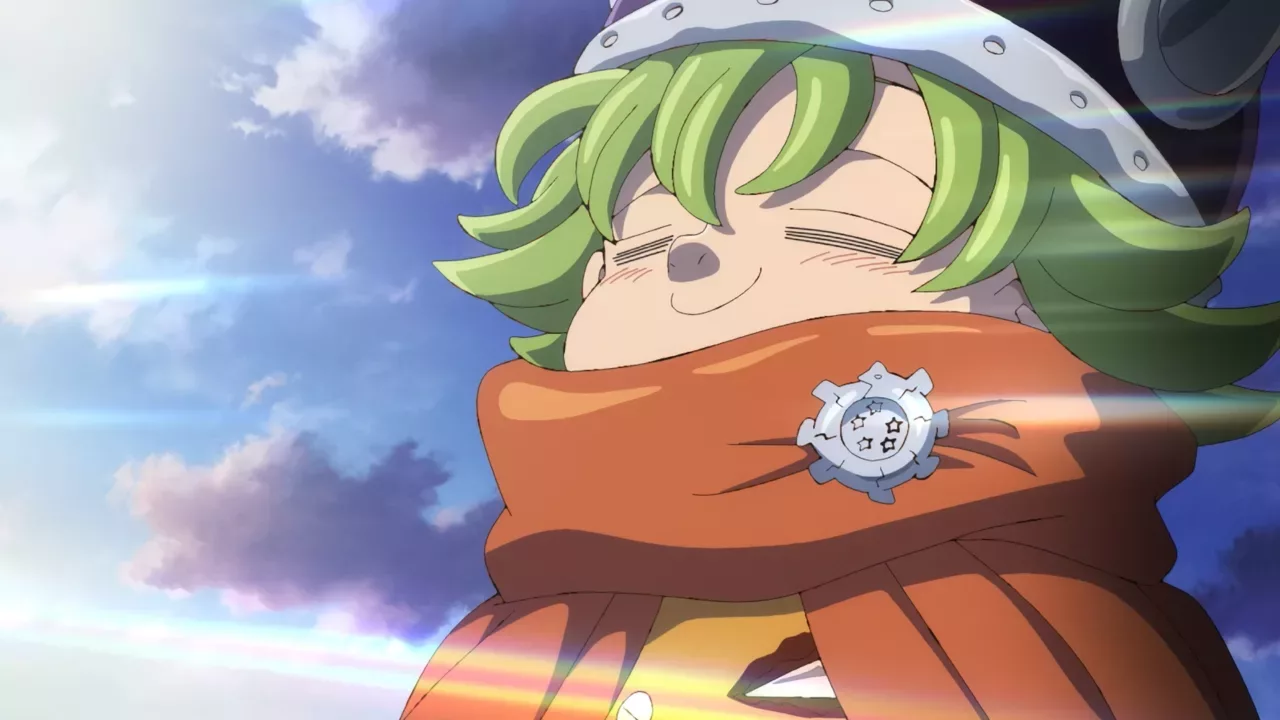

![[AnimeKayo] Nanatsu no Taizai – Mokushiroku no Yonkishi – 01_00_09_28.568 copy](https://animekayo.com/wp-content/uploads/2024/12/AnimeKayo-Nanatsu-no-Taizai-Mokushiroku-no-Yonkishi-01_00_09_28.568-copy-1170x658.webp)